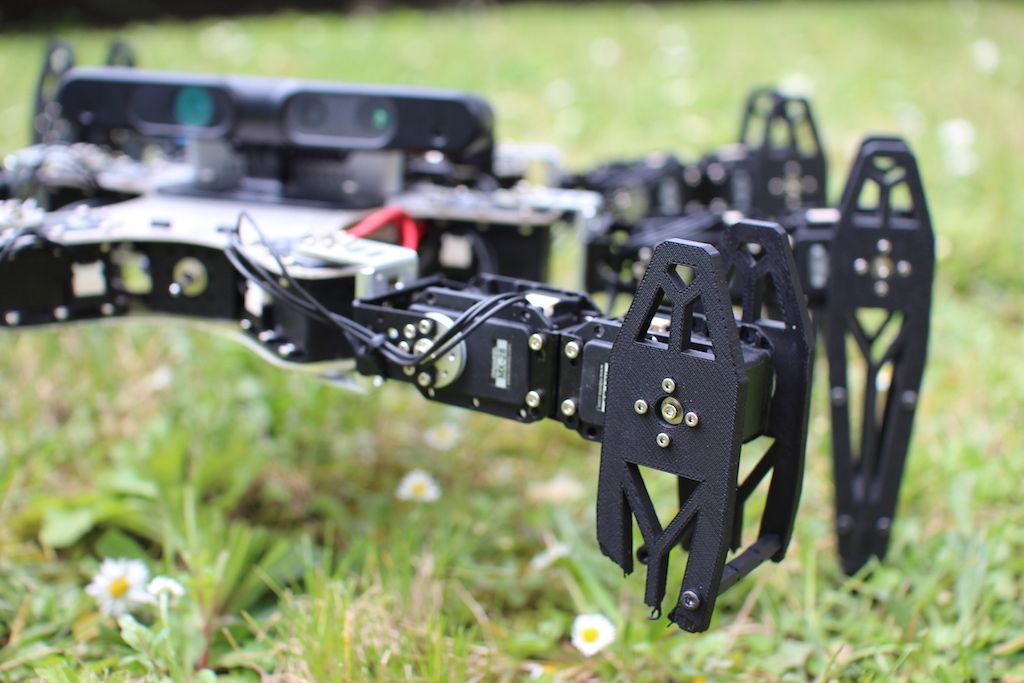
“Spooky action at a distance” is how Albert Einstein described one of the key principles of quantum mechanics: entanglement. Entanglement occurs when two particles become related such that they can coordinate their properties instantly even across a galaxy. Think of wormholes in space or Star Trek transporters that beam atoms to distant locations. Quantum mechanics posits other spooky things too: particles with a mysterious property called superposition, which allows them to have a value of one and zero at the same time; and particles’ ability to tunnel through barriers as if they were walking through a wall.
All of this seems crazy, but it is how things operate at the atomic level: the laws of physics are different. Einstein was so skeptical about quantum entanglement that he wrote a paper in 1935 titled “Can quantum-mechanical description of physical reality be considered complete?” He argued that it was not possible. Read more














